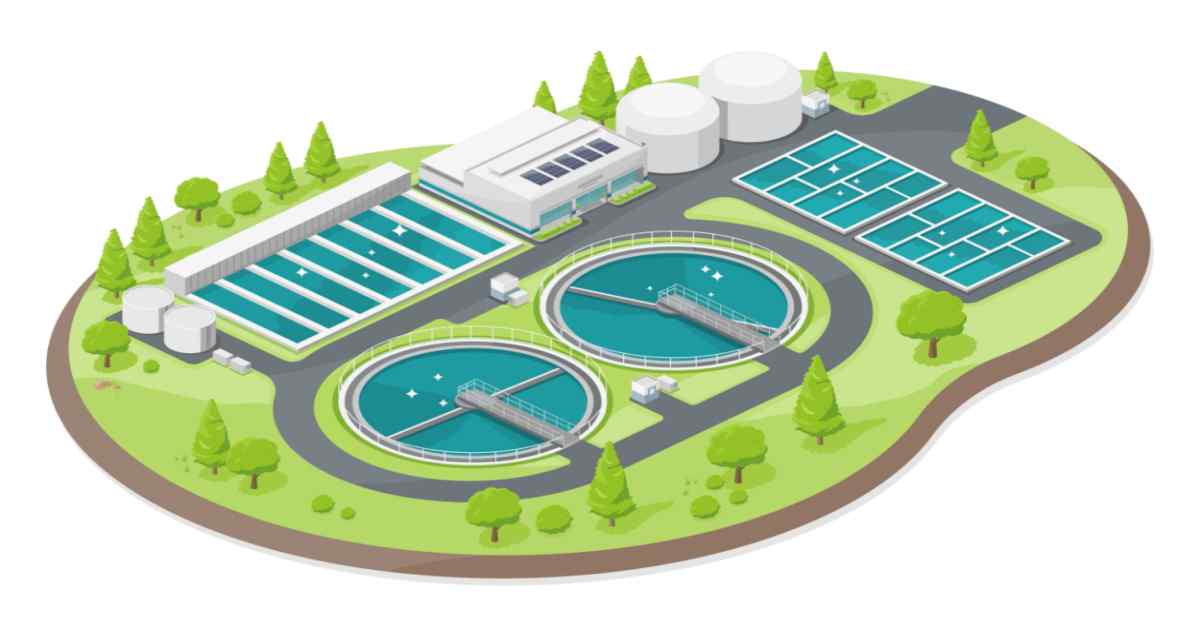Modern Technologies for Effective Wastewater Recycling
Wiki Article
Recognizing Wastewater Treatment Processes and Their Environmental Impact
The complexities of wastewater therapy procedures play a critical function in mitigating environmental difficulties associated with water contamination. Each phase, from preliminary to innovative therapies, is designed to resolve certain pollutants, ultimately securing both public health and wellness and marine ecological communities.Introduction of Wastewater Treatment
How is wastewater changed right into a safe resource for the setting? Wastewater treatment is a critical procedure developed to eliminate impurities from made use of water, consequently guarding public wellness and safeguarding communities. This procedure starts with the collection of wastewater from property, industrial, and industrial sources, which is then directed to therapy facilities.At these facilities, numerous physical, chemical, and organic approaches are used to deal with the wastewater. Ultimately, organic treatments, such as activated sludge processes, use bacteria to damage down natural issue.
The treated effluent can be safely discharged into natural water bodies or reused for watering and commercial objectives, advertising resource preservation. In addition, the therapy process creates biosolids, which can be repurposed as plant foods or soil modifications, better enhancing sustainability.
Stages of Therapy Processes
The wastewater therapy procedure typically contains three key phases: preliminary, primary, and additional therapy. Each phase offers a distinctive function in decreasing the pollutant tons and making sure the effluent fulfills ecological standards prior to discharge.
The primary therapy stage concentrates on the physical separation of suspended solids from the wastewater. Via sedimentation, much heavier particles work out at the end of sedimentation storage tanks, creating sludge, while lighter materials, such as oils and greases, float to the surface and are skimmed off. This procedure significantly lowers the natural and not natural load in the wastewater.
Additional therapy is a biological process focused on further decreasing the concentration of organic issue. Numerous techniques, consisting of activated sludge systems and dripping filters, use microbes to metabolize organic pollutants. This phase is necessary for accomplishing the essential biochemical oxygen need (BOD) decrease, ultimately resulting in cleaner effluent ready for discharge or further therapy. Each phase is critical in safeguarding environmental and public health and wellness.

Advanced Treatment Technologies
Following the second therapy processes, advanced treatment modern technologies play a crucial function in further improving the high quality of dealt with wastewater. These innovations are designed to get rid of recurring contaminants that are not successfully removed during key and second treatments, guaranteeing the effluent satisfies rigid governing requirements.Among the commonly made use of advanced treatment approaches are membrane layer filtering, reverse osmosis, and progressed oxidation procedures. Membrane filtering, consisting of microfiltration and ultrafiltration, is efficient in dividing great bits, virus, and colloids from the water (Wastewater). Reverse osmosis utilizes semi-permeable membranes to eliminate liquified solids, leading to high-grade water ideal for various applications
Advanced oxidation procedures (AOPs) use solid oxidants to deteriorate organic pollutants, including drugs and individual treatment items that are immune to traditional treatment. These techniques boost the biodegradability of intricate substances, facilitating their removal.
One more significant innovation is using organic nutrient removal processes, which specifically target nitrogen and phosphorus, avoiding eutrophication in getting water bodies. Generally, advanced treatment modern technologies are vital for achieving higher degrees of purification, advertising water reuse, and safeguarding public wellness while dealing with the obstacles associated with wastewater monitoring.
Environmental Benefits of Treatment
Various ecological advantages occur from reliable wastewater treatment procedures that add to ecosystem health and sustainability. Primarily, these procedures Extra resources dramatically decrease the release of dangerous toxins right into natural water bodies, which assists preserve aquatic ecosystems. By removing impurities such as heavy steels, nutrients, and pathogens, dealt with wastewater reduces the threat of waterborne conditions and advertises biodiversity in aquatic atmospheres.In addition, wastewater therapy facilities usually utilize innovative modern technologies that allow water recycling and reuse. This technique not just saves freshwater resources yet also reduces the need on all-natural water products. Improved nutrient removal from wastewater can likewise prevent eutrophication, a process that results in algal flowers and succeeding oxygen depletion in water systems.
Furthermore, reliable therapy processes can minimize greenhouse gas exhausts, especially methane and nitrous oxide, which are usually launched during without treatment wastewater decomposition. By recording and using biogas from anaerobic digesters, facilities can transform waste right into renewable resource, thereby adding to a reduction in nonrenewable fuel source reliance.
Challenges and Future Trends
While the ecological advantages of wastewater therapy are clear, a number of challenges linger that impede optimum results in this field. One significant concern is maturing framework, which often leads to inefficiencies and raised functional expenses - Wastewater. Many therapy plants were made decades ago, and their capabilities do not align with contemporary demands, which include more stringent regulatory requirements and greater volumes of wastewater as check this a result of urbanization
Looking in advance, there is an expanding emphasis on source recuperation and circular economy concepts within wastewater treatment. Developments such as anaerobic food digestion, which can create biogas, and progressed purification technologies are obtaining traction. These techniques not just improve therapy performance however also promote sustainability.
Ultimately, dealing with these challenges requires cooperation among stakeholders, financial investment in innovation, and a dedication to ongoing study. By accepting these trends, the wastewater therapy field can advance to satisfy the demands of an altering atmosphere and society.
Verdict
In verdict, wastewater treatment processes play an essential duty in boosting ecological high quality and public wellness. The multi-stage therapy framework, coupled with advanced technologies, effectively mitigates pollution and promotes sustainable water management.Report this wiki page